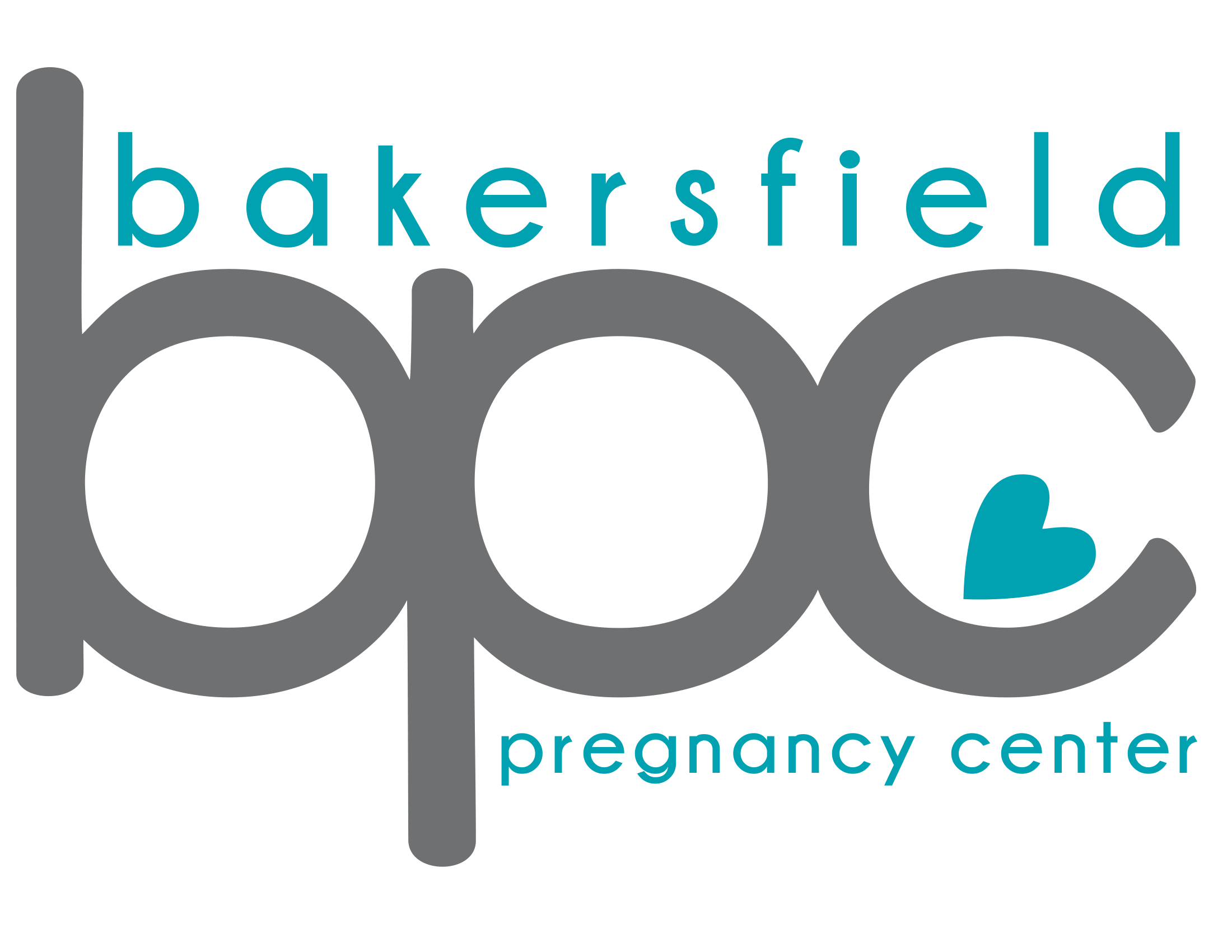
What can I see in a first trimester ultrasound?
A limited obstetric first trimester ultrasound is performed for three reasons: 1) to determine that the pregnancy is intrauterine (inside the uterus), 2) to determine the pregnancy is viable (the baby’s heart is beating), and 3) to determine the gestational age, which is calculated by measuring the size of the baby. All three of these items can be seen as early as 5 weeks 6 days LMP (5 weeks and 6 days from the first day of the last menstrual period).
The baby’s heartbeat can be seen and measured on ultrasound as early as 5 weeks 6 days LMP. This is the first glimpse of life in the womb. At this gestation, a yolk sac is also seen. The yolk sac is the structure that provides the growing embryo with all the food and nourishment that it needs. As the pregnancy progresses, the embryo grows, and by 8 weeks LMP, the baby’s head, torso, arm buds and leg buds are visible. Small torso movements are also visible at around 8 weeks LMP. By 9 to 10 weeks LMP, arm and leg movement is seen with hand-to-face contact, and hiccups are also sometimes visible. At around 11-12 weeks LMP, developing bone shows as a bright white in the baby’s face, body, and limbs. We can also see the baby sucking his or her thumb in an ultrasound at 11 weeks LMP. By the end of the first trimester at 13 weeks LMP, the fetus can be seen moving all around the gestational sac with independent movement of arms and legs.
If the patient has a multiple gestation pregnancy (twins or triplets), that can also be seen in a first trimester ultrasound as early as 5 ½ weeks LMP.
A first trimester ultrasound provides a lot of valuable information and is an opportunity for the mother and father to begin bonding with their baby very early in the pregnancy.
